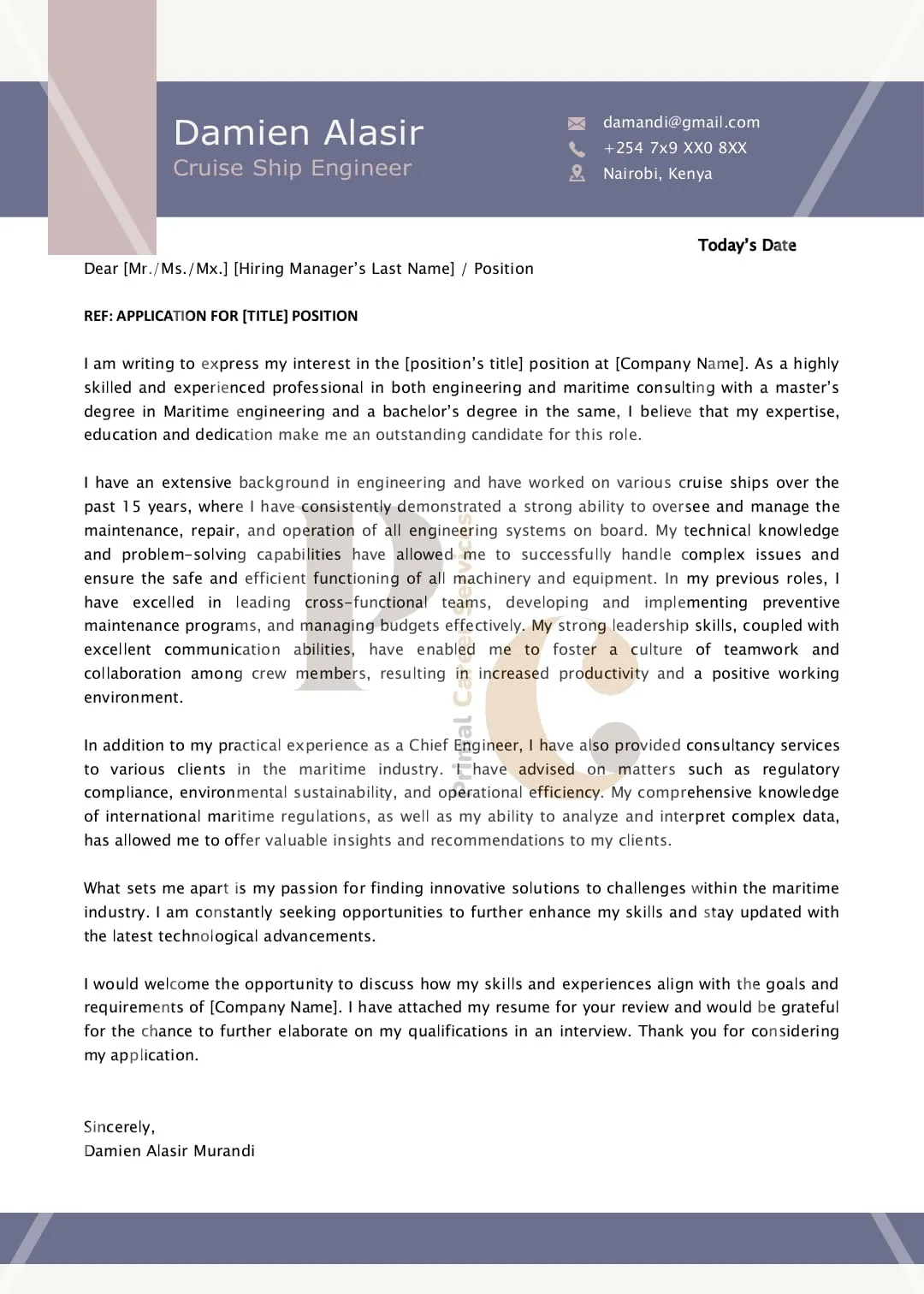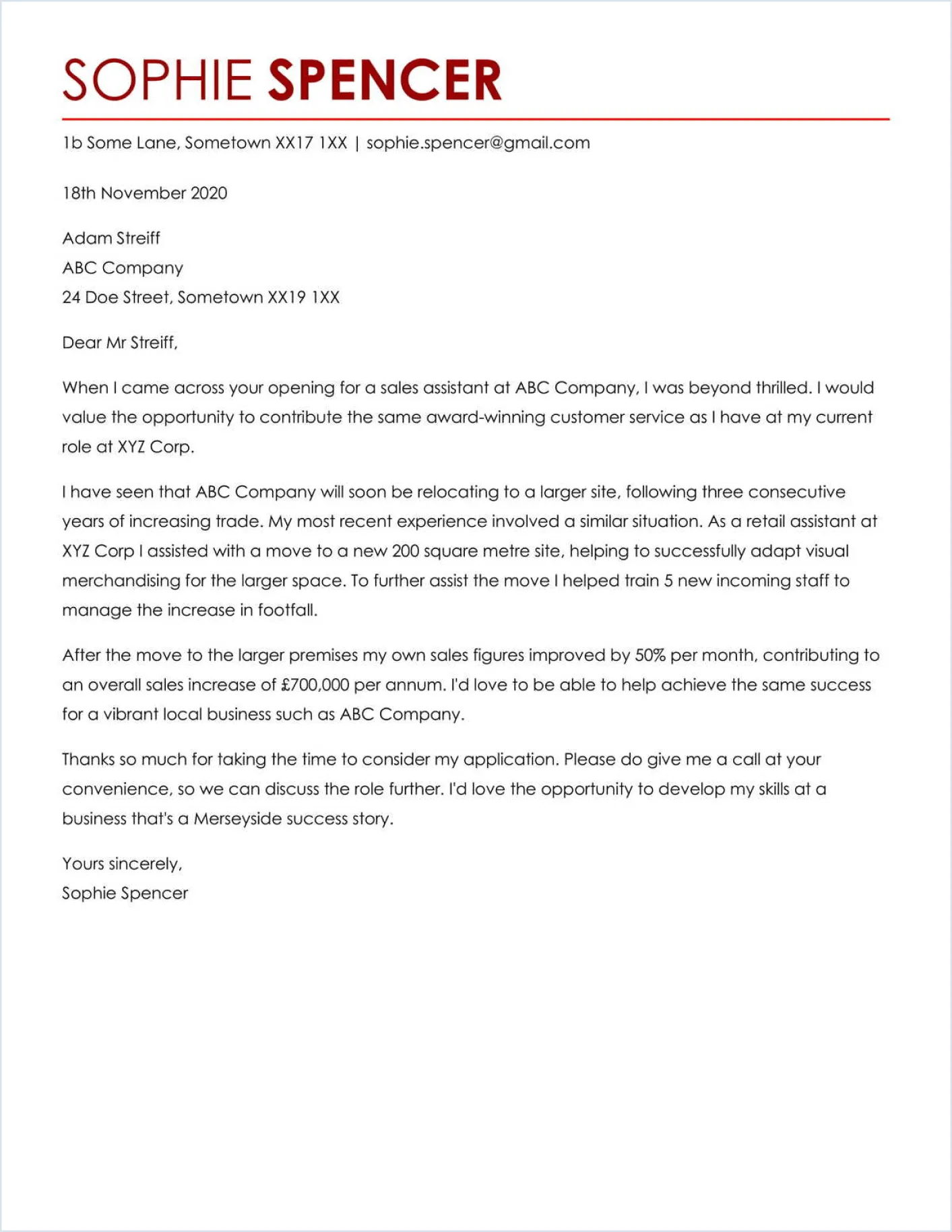Cover Letter Secrets Unveiled
In the competitive world of job hunting, a well-crafted cover letter can be your golden ticket. It’s the first impression you make on a potential employer, a crucial opportunity to showcase your personality, skills, and enthusiasm. This article will unveil the secrets to writing a cover letter that not only gets read, but also gets you an interview. We’ll delve into the core components of a compelling cover letter, providing practical tips and examples to help you stand out from the crowd and land your dream job. Mastering the art of cover letter writing involves understanding what employers are looking for and presenting yourself in the best possible light. A great cover letter is not just a summary of your resume; it’s a narrative that connects your experiences to the specific job requirements. By following these strategies, you can transform your cover letter from a mere formality into a powerful tool that opens doors.
Highlighting Your Skills
One of the most important secrets to a successful cover letter is the ability to highlight your skills effectively. Don’t just list your skills; demonstrate how you’ve used them to achieve tangible results. Start by identifying the key skills required for the job you’re applying for. Then, provide specific examples from your past experiences where you’ve successfully utilized those skills. Quantify your achievements whenever possible. For instance, instead of saying “Managed social media accounts,” you could say “Increased social media engagement by 30% in six months.” Tailor your skills section to match the job description. This shows the employer that you’ve taken the time to understand their needs and that you possess the capabilities to meet them. Also, use action verbs to describe your skills, making your accomplishments sound more dynamic and engaging. This will not only capture the hiring manager’s attention, but also provide a clear picture of your capabilities and how they align with the job’s requirements. By presenting a clear and concise picture of your skills, you greatly increase your chances of getting noticed.
Tailoring Your Cover Letter

A generic cover letter is easily spotted and often discarded. To truly stand out, you must tailor each cover letter to the specific job and company. Research the company thoroughly. Understand their mission, values, and current projects. Show genuine interest by explaining why you want to work for them specifically. Personalize your letter by addressing the hiring manager by name, if possible. Mention something specific that attracted you to the role or the company. Demonstrate how your skills and experiences align with their needs. Go beyond simply restating your resume. Explain how you can contribute to their success. The more personalized your cover letter, the more likely it is to resonate with the hiring manager. This shows that you’re not just sending out mass applications, but that you’re genuinely interested in the opportunity and have taken the time to understand their needs. Show that you’ve gone the extra mile to connect your background to the company and demonstrate you are a good fit.
Showcasing Your Achievements
Achievements speak louder than skills. While highlighting your skills is important, showcasing your achievements makes your cover letter significantly more impactful. Focus on quantifiable results whenever possible. Use numbers, percentages, and specific examples to illustrate your accomplishments. Instead of saying “Improved customer service,” write “Improved customer satisfaction scores by 20% through implementation of a new training program.” Use the STAR method (Situation, Task, Action, Result) to describe your achievements. This structured approach helps you provide context, explain your role, detail your actions, and present the outcomes. Select achievements that are most relevant to the job you’re applying for. This demonstrates your ability to deliver results and your understanding of the role’s expectations. The more impressive your achievements, the higher your chances of getting called for an interview. This gives the hiring manager a clear idea of what you can bring to the table and builds a strong case for your candidacy. Highlighting your accomplishments proves you can achieve similar results for the company you’re applying to.
Proofreading and Editing
Typos and grammatical errors can instantly derail your chances of getting hired. Proofreading and editing your cover letter is non-negotiable. After writing, take a break and review your letter with fresh eyes. Check for spelling mistakes, grammatical errors, and awkward phrasing. Read your cover letter aloud. This helps you catch mistakes that you might miss when reading silently. Ask someone else to proofread your cover letter. A fresh pair of eyes can often spot errors that you’ve overlooked. Pay close attention to the formatting. Ensure that your cover letter is easy to read, with clear sections, appropriate spacing, and a professional font. A polished cover letter reflects professionalism and attention to detail, qualities that employers seek. It shows that you care about the application process and are committed to presenting your best self. A well-proofread and edited cover letter significantly increases your credibility and demonstrates that you take the job application process seriously. This attention to detail gives you an edge over the competition.
Formatting for Impact

The format of your cover letter can have a significant impact on how it’s received. Use a professional and easy-to-read font, such as Arial or Times New Roman, with a font size between 10 and 12 points. Maintain consistent spacing throughout your letter. Use single spacing within paragraphs and double spacing between paragraphs. Break up large blocks of text into shorter paragraphs to improve readability. Use bullet points or numbered lists to highlight key information, such as skills or achievements. Keep your letter concise. Aim for one page, if possible. Avoid using jargon or overly complex language. Write in a clear, straightforward style. Use a professional letterhead, including your name, contact information, and the date. Tailor the formatting to the specific requirements of the job application. By paying attention to the format of your cover letter, you can improve its overall impact and make it more appealing to the hiring manager. Proper formatting shows respect for the reader’s time and demonstrates your ability to communicate clearly and effectively.
